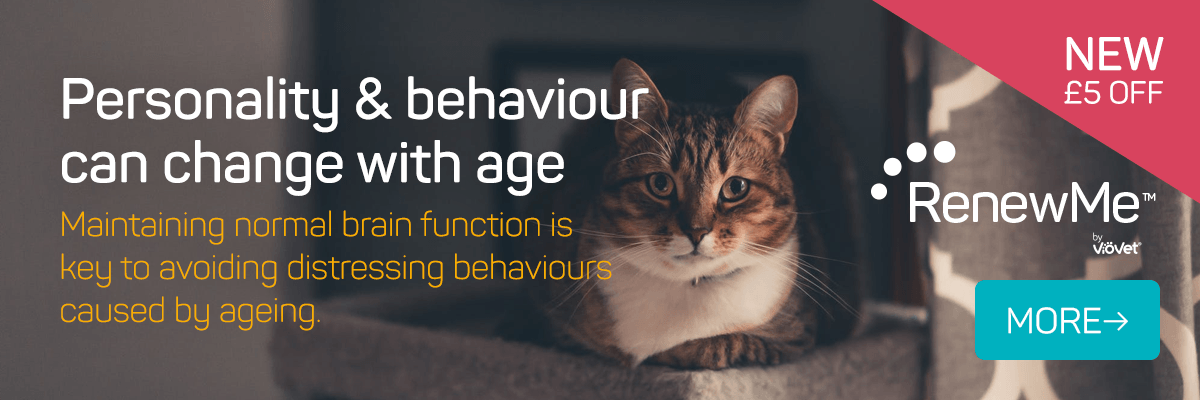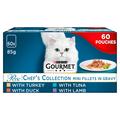For the last two weeks we’ve been delving into the curious behaviours and personalities of one of the UK’s favourite pets.
The cat is an explorer, a hunter, a napper and a trooper all simultaneously, as well as many other things, and today we look at how a cat communicates with you. Is yours the strong and silent type, or a complete chatterbox?
If you’d like to, have a read of parts 1 and 2 to find out more about your feline friend.
The strong and silent type:
Those of us with cats will know that the suggestion they’re aloof and unloving is a complete myth; they just show their affection in more subtle ways than, perhaps, dogs. Audible clues aren’t always necessary to convey what they’re feeling.
Trust is very important to cats as they feel vulnerable easily and are very prone to stress, so if your cat trusts you there will be clear signs to show this.
Slow blinking, especially when your cat is on the verge of sleep, is a sure sign your cat trusts you and is prepared to let its guard down. Your cat is relaxed, content, and completely comfortable in your watching presence.
Likewise, head butting and cheek rubbing are other signs of trust, contentment and affection. When cats are young they will knead their mothers to help stimulate milk production, so if your cat is kneading your lap or the sofa you’re sat on, you can take from that your cat associates you with the maternal bond and is feeling particularly relaxed and happy.
The chatterbox:
Vocalising with their humans is something cats have evolved to do, mainly to gain their attention because they want something or to tell them there’s something wrong.
It’s been suggested that these friendly noises and meows are only used to communicate with us, and not with their fellow cats, who will hiss, spit and purr at each other depending on how they’re feeling.
Often, if a cat learns that by meowing it gets fed, or gets a cuddle, it will repeat the behaviour until it’s taught differently. In total there are 19 different vocalisations a cat will make to get your attention, but researchers have indicated even more if your cat uses unique sounds to communicate just with you!
As cats age, meowing tends to become more frequent due to mental confusion and disorientation, and appears to happen spontaneously, for no apparent reason. If your cat is meowing at night, it may be because of this, so contact your vet for advice.
Similarly, if the vocalisations are new and more frequent, it may be that your cat is unwell and is trying to communicate this with you. Look for other signs of illness, although don’t be reassured if you find none as cats are notoriously good at disguising their symptoms.
Have your vet examine your cat and check all is well. Also consider any new stressors, and whether something in the home or your cat’s environment has triggered this behaviour. Moving house, having a baby and introducing a new pet are all things that can cause excessive vocalisations and other stress-related behaviours.
As always, we’d love to hear your thoughts, so please comment below and join the discussion!
Written by: Hannah









